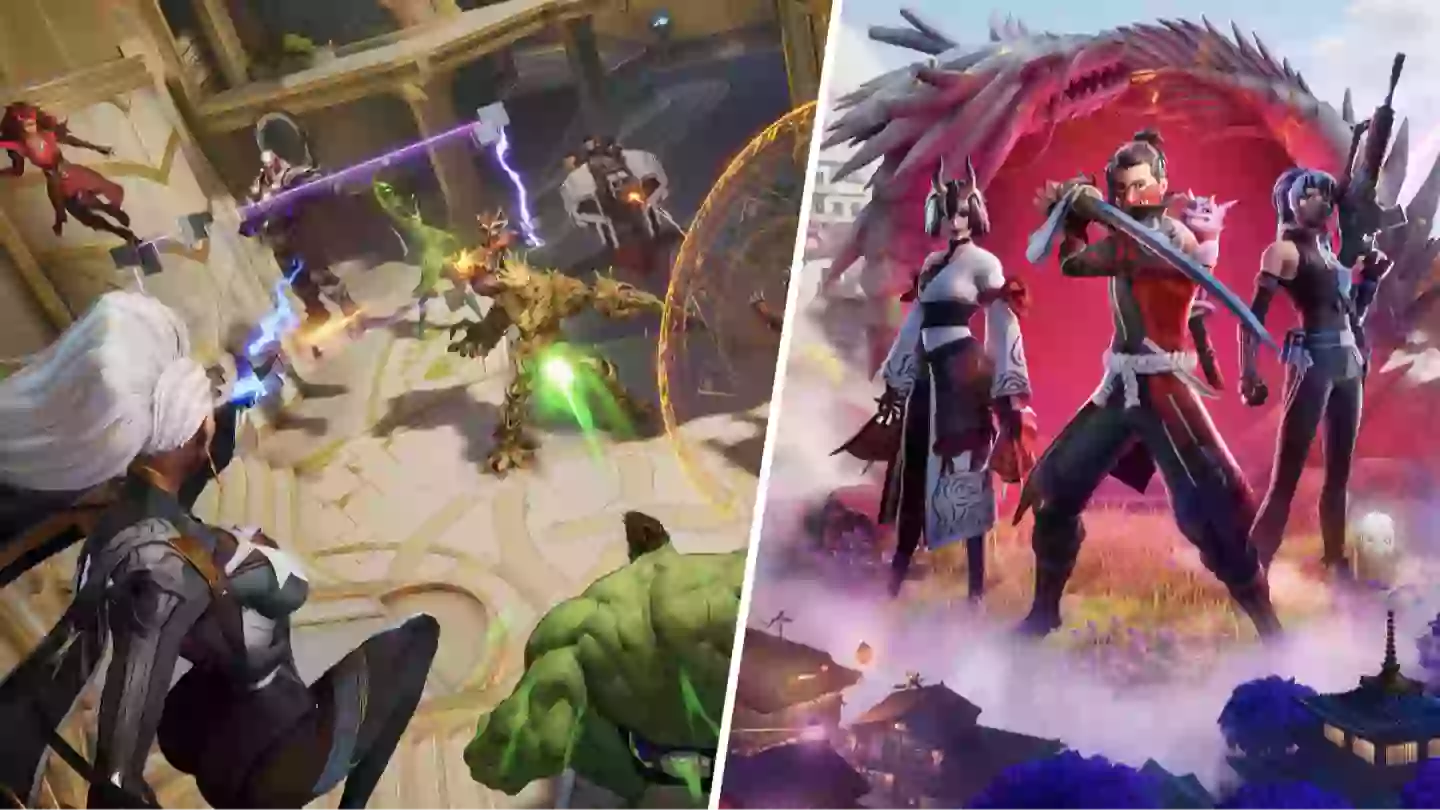
I’m about to state the absolute obvious, but stay with me - as the kids say, let me cook. I’ve written a few articles in the past couple of months about the ‘state of the video game industry’ and, in a variety of ways, I’ve tried to look at the gaming landscape and get an idea of what is working and what isn’t.
After Sony’s State of Play that aired earlier this week, social media began to comment on how they feel that the platform leaders, Sony and Microsoft, have had a bad outing this generation, and are running out of games. While I don’t agree with the sentiment - Microsoft has a banging 2025 laid out in front of them - I think one of the biggest issues facing gaming right now is the prevalence of free games.
Let me make it perfectly clear, I don’t have anything against free games. The free-to-play concept is the perfect gateway for low income households to play games. However, publishers are chasing audience numbers for their AAA titles, thinking that they’ll capture the kinds of numbers a game like Marvel Rivals is seeing.
Advert
Marvel Rivals is still pulling in millions of players
A cursory glance at Steamdb shows the top 15 games being played on Steam, right now. Of these 15, two can be discounted as they aren’t actual games, one is a clicker that gives out items to be sold on the marketplace, leaving 12 games. Eight of those games are free-to-play (though one is the beta test for Monster Hunter Wilds) with the top five dominated by free games.
What am I getting at? Well, I think this shows two things. Firstly, that studios have managed to capture engaging gameplay loops that will entice players, often giving them constantly evolving places to play, using the live-service template. Secondly, there are hundreds of hours of joy to be found without paying a penny. Sure, you can add to the fun by buying cosmetics, but the core of the game is just there. For free.
Advert
No matter what game you make, that’s difficult to compete with. There will always be a space for premium titles, but the market has shifted drastically in the past five years, and crucially, so has our levels of income. Why would a player shell out $60-70 for a finite experience when they can play, often with their friends, for countless hours, not spending anything?
This is, in my opinion, a core part of the problem that many companies are facing. Look at Sony, who attempted to roll the dice on the live service space only to see it blow up in their faces. The example here is obviously Concord, a game that was targeting the kinds of audiences that flock to games like Fortnite, Counter Strike 2, and PUBG: BATTLEGROUNDS, but they slapped a $40 price on it.
Too much pressure is put on games hitting concurrent player counts in the millions, or selling enough copies to become a record breaker. We saw it with Dragon Age: Veilguard, which sold well, but has been deemed as less of a success because it didn’t demand the attention of everyone. Big executives and CEOs are looking at graphs with lines going up, but they’re not looking at why.
I’d also put good money on the economic shift for lower income households forcing players into buying games on sale, or after years of release, something many publishers neglect to realise. It’s great to see a game selling well in the first two weeks on the market, but many players can;’t afford to do that now, and have to wait. Sleeper hits and resurgences are possible, but CEOs don’t seem to look that far.
Advert
The sales figures for games like Kingdom Come: Deliverance II are stonking, and shows that deep single-player experiences can still thrive. There’s space for both, but there has to come a realisation that within a space that caters to online games that are completely free, we aren’t going to see many games (aside from maybe GTA VI) sell countless millions as we once did. And, more importantly, that when games do sell over a million units, they aren’t failures, but how can they compete with free?
Topics: Free Games, Fortnite, Marvel Rivals, Opinion
